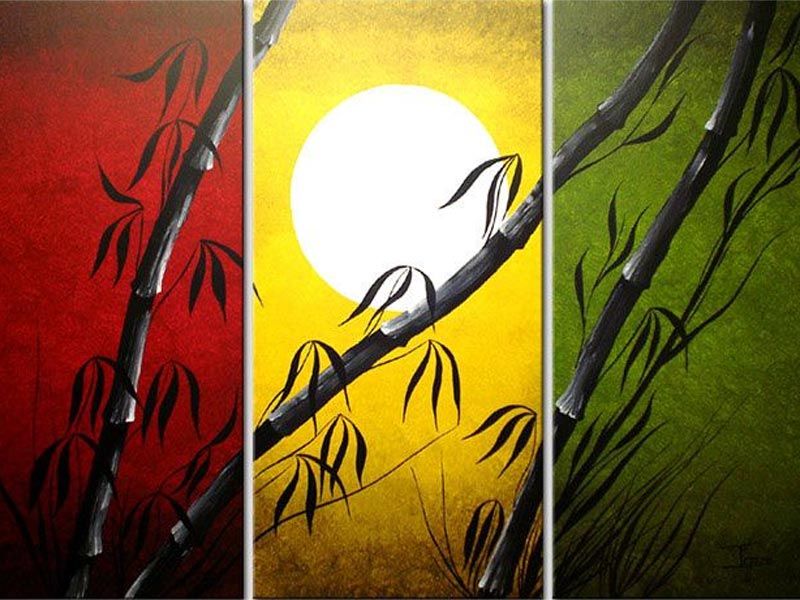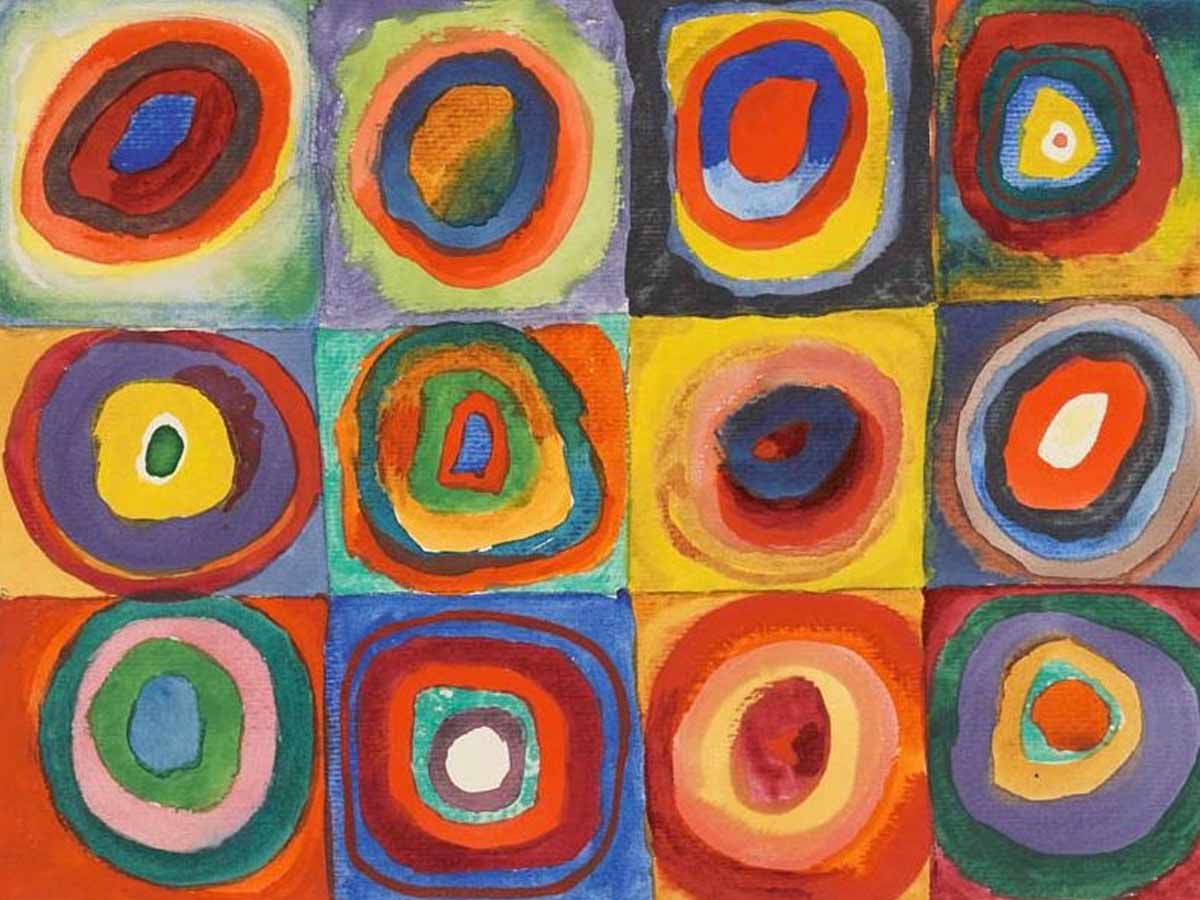Abstract Art is non-representational art that has no fixed order or arm. Abstract art is also known as nonobjective art or graphic art that doesn’t include things from the visible world. The word abstract represents several elements such as color, tone texture, line, and element of form. The idea behind abstract art was the description or illustration of nature and human civilization. The origin of Abstract art can be traced back to as early as the 19th century.
Artists use the visual language of shape, color, form, and line to create a composition that may exist independently from the visual references in the world. In the 19th century, leading artists across the world felt the need to create a new kind of art that would help them portray the fundamental changes taking place in different fields, including science, technology, and philosophy.
There are several terms used to refer to abstract art. These terms include nonobjective art, non-representational art, and non-figurative art. Abstraction is an art that is close to the artist’s imagination and free from the world’s reality. Any art aimed at representing changes within a specific region or the world at large can be called abstract art.
Abstract art existed in the Islamic World as well as East Asia, including China. Both Chinese calligraphy, as well as Islamic calligraphy are examples of Abstract Art. One may not be able to read those but can still enjoy their beauty.
East Asia

In East Asia, China is one of the key regions where abstract art can abundance. Abstract art can be traced back to Wang Mo, the famous Tang dynasty painter in Chinese paintings. Wang Mo is credited with inventing the splashed-ink painting style. The influence of Wang Mo’s art can be clearly seen in the paintings from the Song dynasty. Wang Mo’s style was later used by Liang Kai, the Chan Buddhist painter, in his “Immortal in splashed ink.” Another painter from the Song dynasty, Yu Jian, created a series of splashed ink landscapes. These landscapes inspired several Japanese Zen painters. Cosmic Circle by Zhu Derun is another example of Abstract painting. Zhu’s painting is a reflection of Daoist metaphysics.
Also Read, The best of the Best: Best of Picasso Paintings
Also is another very famous abstraction art. It was created by some Zen monk-painters who used a circle to represent absolute enlightenment. The painting was made in one spontaneous brush stroke.
Islamic World:

Abstract art has also been an integral part of art forms in the ancient world. Going by the records, the existence of Abstract art in the Islamic world is as old as the religion itself. The examples of Abstract art can be found on the Dome of Rock, which is one of the oldest examples of Abstract Islamic Art. However, only a few arts can be considered Abstract art in the Islamic world due to the strict rules and several reservations.
Abstract Art in the Islamic World is limited to calligraphy, arabesques, and tessellating geometric patterns. The examples of these arts can be seen in almost all Islamic applied arts, such as rug making, pottery, glassmaking, metalwork, and architecture.
Islamic Abstract art also influenced European decorative arts, especially in Italy and Spain. The Spanish Mudejar Art and Venetian Gothic architecture are key examples of European art influenced by Islamic Abstract art.

Influence in Music
Abstract Art is not just limited to a visual form of art. It is an art form that includes abstract elements of sound and divisions of time. After influencing the visual art, Abstract elements also develop some characteristics of music. Wassily Kandinsky was among the first musicians who was inspired by the possibility of marks and associative color resounding in the soul.





























